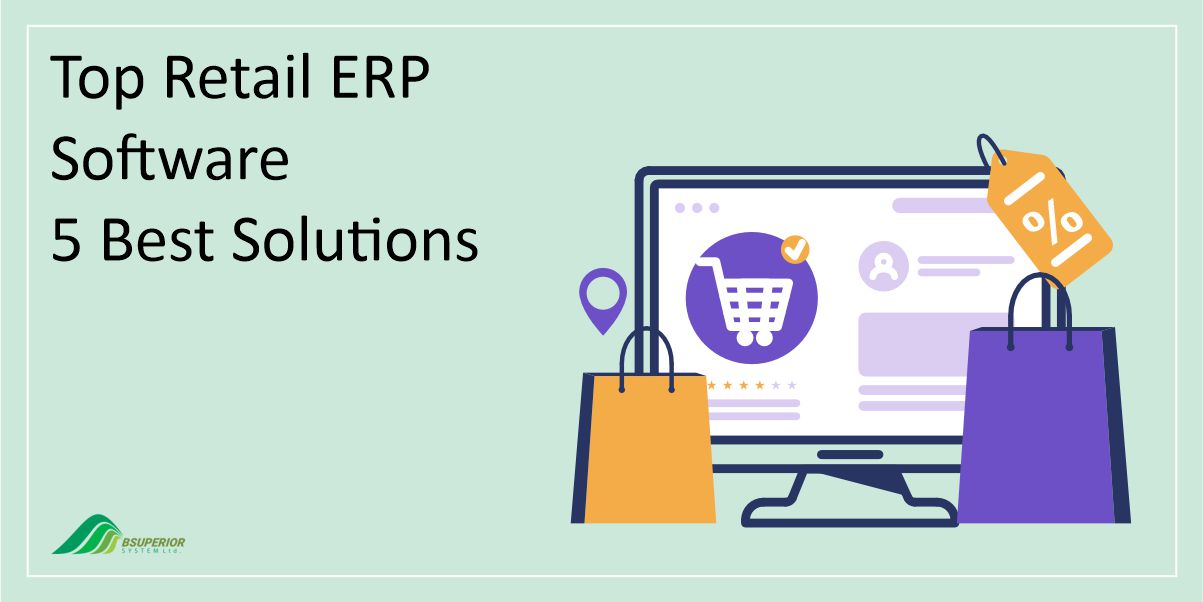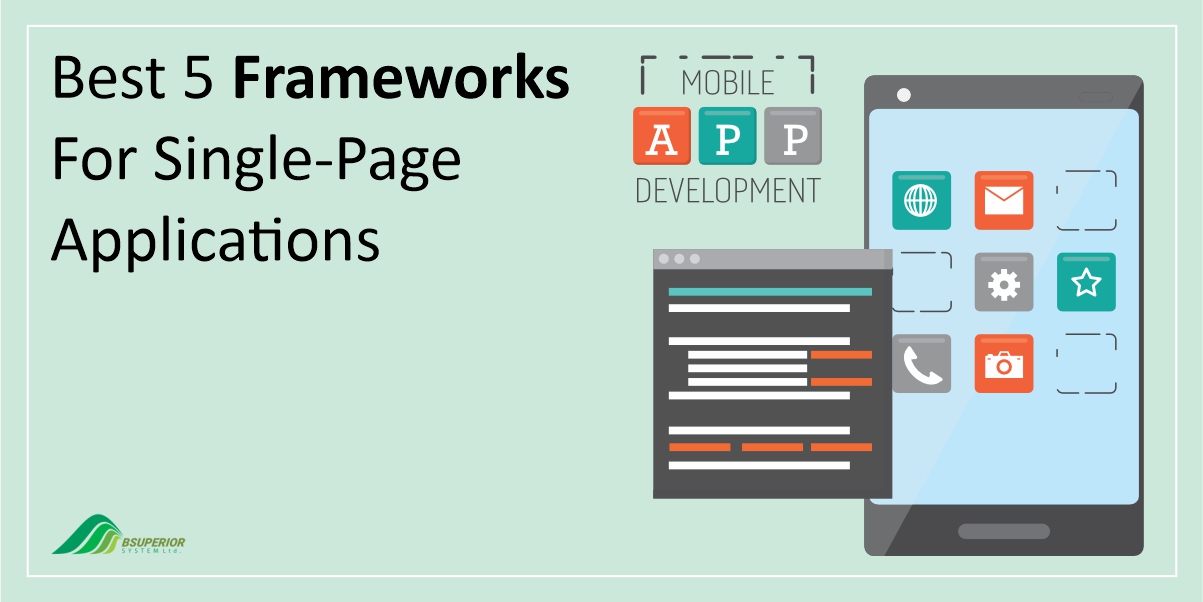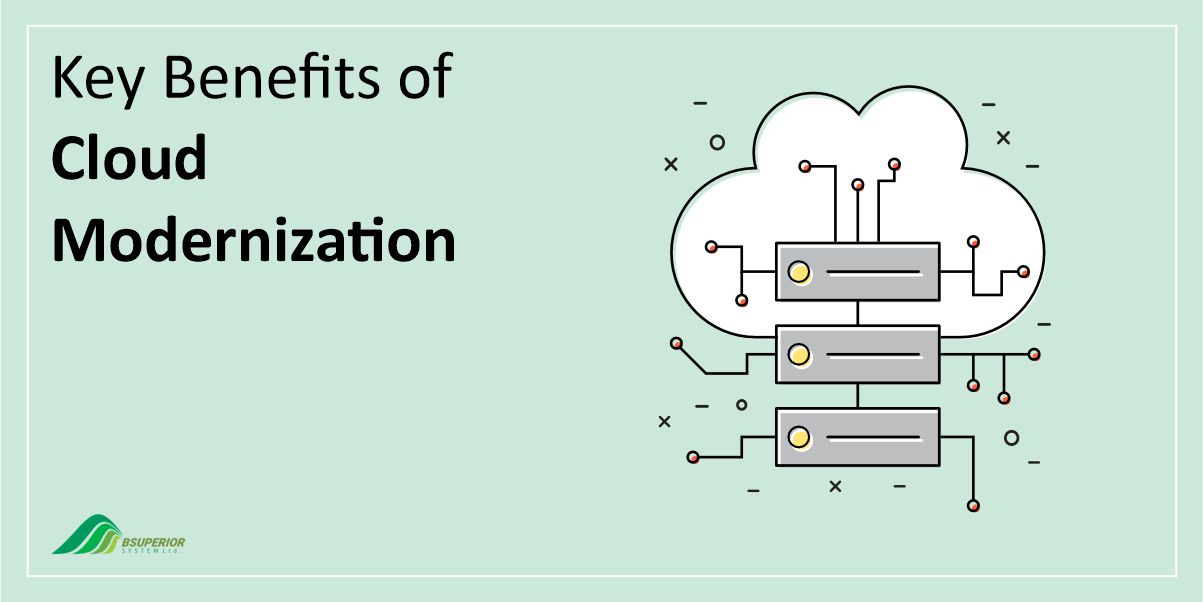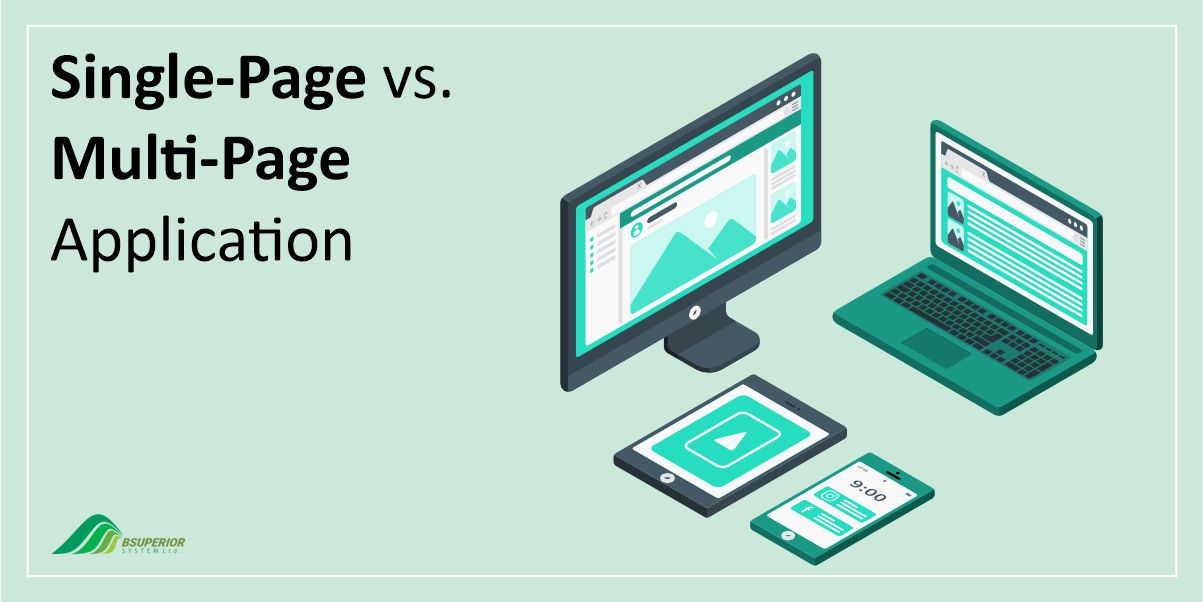MVP vs. PoC: What is Differences? [Full Comparison]
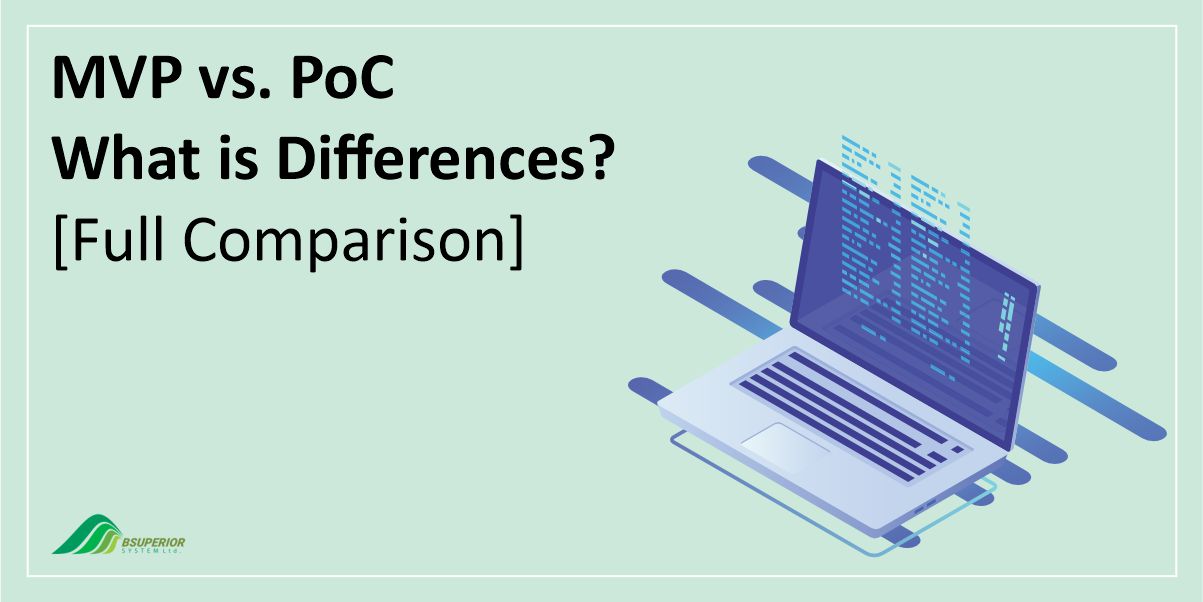
Table Of Content
- What is a Minimum Viable Product (MVP)?
- What are the Main Features of an MVP?
- Why You Should Use an MVP?
- What is a Proof of Concept (PoC)?
- What are the Main Features of a PoC?
- Why Do You Need a PoC?
- MVP vs. PoC: Explaining the Difference
- Which One You Better Start With?
- BSUPERIOR: Your Partner in Software Innovation
In the early stages, validating your product idea is crucial for success. MVP and PoC are two methods that can help you test your idea before hefty development costs.
By starting with idea validation methods, you will avoid future headaches and significantly improve your chances of success. In this blog post, we’re going to explore these two approaches and explain what’s the difference between these two.
What is a Minimum Viable Product (MVP)?
An MVP is a way to create a product with just the core features users need to try it out. Even though it’s a basic version, it’s still a functional product that can be launched early.
The main benefit of using an MVP is that you get real user feedback before investing a lot of time and money. You can see what works well, what doesn’t, and if the overall idea is interesting to people. This helps you make sure your final product is on the right track.
Overall, MVPs are a powerful tool to develop better products. They help you learn from what works and what doesn’t, avoiding mistakes and maximizing your chances of success.
What are the Main Features of an MVP?
An MVP goes beyond just being quick and cheap. It’s a strategic tool to test the market demand for your idea without a full-blown product. Here are the features of a good MVP:
- Cost-Effective: It’s a lean version that gets you to market fast for early user feedback, saving development time and resources. This is perfect for startups with limited budgets needing to attract investors.
- Focused Features: An MVP should showcase the heart of your product. While a single core feature may not always tell the whole story, don’t go overboard. Too many features can confuse users and make it hard to get clear feedback.
- Value: A good MVP solves a real problem for your early adopters. It shows them the value your product offers and gives them a glimpse of the final version.
- Targeted Audience: Don’t try to be everything to everyone initially. Choose a specific niche and tailor your MVP to their needs. This focused approach helps you solve a problem effectively and outperform competitors.
Read More: What is MVP in Software Development? Types and Differences
Why You Should Use an MVP?
An MVP is a valuable tool for the product development process that offers several advantages such as:
- An MVP allows for a quicker launch compared to a fully developed product.
- An MVP can be used to gather user feedback on the core functionalities of a product. This feedback can then be used to improve the product before a wider release.
- By focusing on the core features, an MVP is developed with fewer resources compared to a full product.
What is a Proof of Concept (PoC)?
A PoC is a small-scale project used to assess the feasibility of an idea. It’s typically used internally during the early stages of product development but can be applied in various fields to test innovations.
The main goal of a PoC is to determine if a specific functionality can be realistically incorporated into a final product. It also helps identify potential challenges that might arise during development or user adoption.
While the PoC itself doesn’t need to be perfect, it should demonstrate the viability of the concept before full-scale development begins.
By performing a PoC, you gain valuable insights into the real-world value of your solution. It helps answer key questions including:
- What problem will the project address?
- What’s the project’s overall size and complexity?
- Which technologies are best suited for the project?
- What’s the estimated timeframe and budget?
- How do stakeholders perceive the project’s potential?
Read More: Offshore Software Development: Pros and Cons [Expert Guide]
What are the Main Features of a PoC?
To have a successful PoC, you need to focus on a number of important elements.
- Clearly Defined Goals: Define the purpose of your PoC. What do you want to achieve with your PoC? Are you validating features, testing technical feasibility, attracting investors, or gathering user feedback?
- Prioritizing Key Features: Identify the core features that differentiate your software and are crucial for its success.
Focus on these during the PoC to gain meaningful insights. Choose 1-3 features to develop and test which will lay the groundwork for your future MVP. - Demonstrating Market Need: To secure funding, gather evidence showcasing the pain points your target market experiences. Investors favor projects that address real needs and offer a clear value proposition.
Engage potential customers through surveys, focus groups, or direct interaction to collect data that validates these challenges. - Selecting the Right Measurement Tools: Choose appropriate metrics to assess the success of your POC.
These may include performance, user experience, scalability, or other relevant factors. Well-defined metrics provide a quantitative basis to evaluate outcomes and make objective decisions.
Why Do You Need a PoC?
A PoC offers a low-cost and time-efficient way to test your idea in a simulated environment. The primary purpose is to refine your product vision and determine the technical approach to bring it to life.
Beyond that, a PoC can be used to:
- Validate Development Approach: Confirm if your chosen development method is suitable for the project.
- Assess Technical Feasibility: Test the practicality of a complex technical solution.
- Identify Limitations: Define the boundaries and potential constraints of your solution.
- Resource Estimation: Gain insights into the resources required for development.
- Reduce Development Risk: Minimize the chance of major issues arising later in the process.
MVP vs. PoC: Explaining the Difference
While PoC and MVP share similarities, they serve distinct purposes in the early stages of software development.
Goals
- PoC: Focuses on proving an idea can work technically.
- MVP: Aims to see if there’s a market for it.
Features
- PoC: Has very limited functionality. However,
- MVP: Includes enough features to provide value to early users.
Target Audience
- PoC: A smaller, internal audience. It’s primarily used to demonstrate the concept internally within a company.
- MVP: An external audience. An MVP is released to a specific group of potential customers to gauge market interest.
Development Time
- PoC: Developed quickly.
- MVP: Takes longer but less time than a full product launch.
Feedback
- PoC: Limited feedback opportunities. While a PoC might be used to attract investors, it doesn’t gather feedback from real or potential customers.
- MVP: Rich feedback opportunities. An MVP allows you to collect valuable insights from a wider group of potential customers, helping you refine the product before a full launch.
Revenue
- PoC: No direct revenue generation. A PoC is not intended to generate sales.
- MVP: Potential for early revenue. An MVP can potentially bring in revenue from early adopters who are willing to try the product in its early stages
Which One You Better Start With?
While both PoC and MVP help validate your idea before launch, the best starting point depends on your project’s specific needs.
Start with a PoC if:
- You’re pioneering a revolutionary product and unsure of its technical feasibility.
- You’re aiming to disrupt an existing market but need to prove your product’s unique functionalities.
- You need to determine the technical requirements, like the most suitable technology and necessary resources.
Start with an MVP if:
- You’ve confirmed technical feasibility but need to validate market demand.
- Your goal is to generate early revenue.
- Gathering real customer feedback is a priority.
Read more: Lean vs. Scrum in Software Development [Ultimate Article]
BSUPERIOR: Your Partner in Software Innovation
Both MVP and PoC aim to validate your business idea, but they take different approaches. Selecting the right one upfront can significantly improve your chances of success and ensure efficient resource allocation.
Feeling overwhelmed by the choice, especially with limited time or budget constraints? Don’t worry as BSUPERIOR, your experienced partner, is here to help. We’ll guide you through the intricacies of each approach and ensure you choose the perfect fit for your specific project.
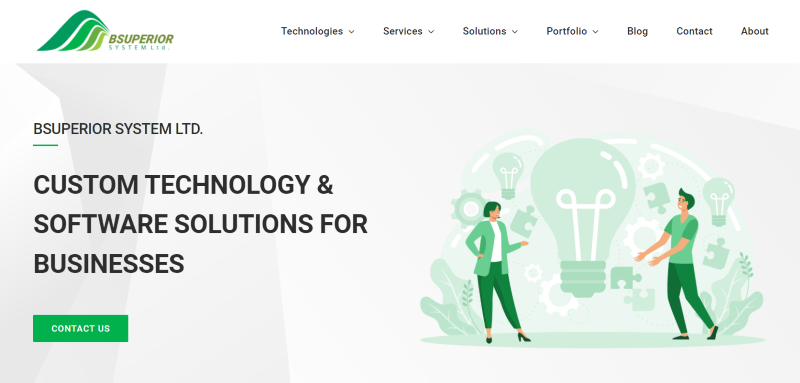
BSUPERIOR is a software development company driven by a passion for business, cutting-edge software, and innovative technology. We combine these passions to forge unique collaborations with our clients.
Let BSUPERIOR be your partner in achieving your business goals. Contact us today to discuss your project.
We value your input and believe this content may enhance our services. However, it's under review. If you see room for improvement, please use the "Report an issue" button below. Your feedback helps us excel.
Contact us today at –– and speak with our specialist.

